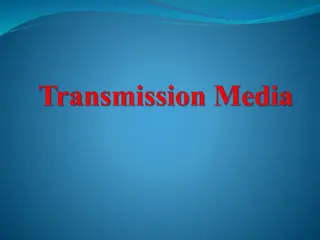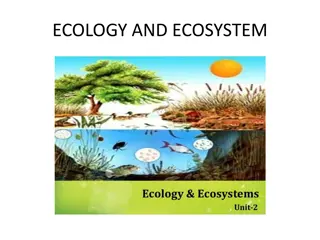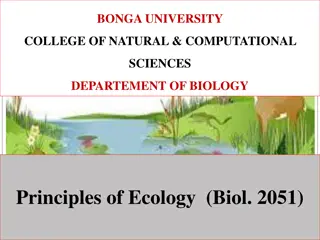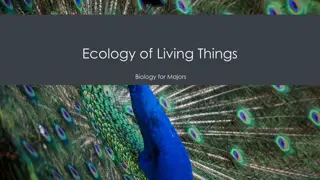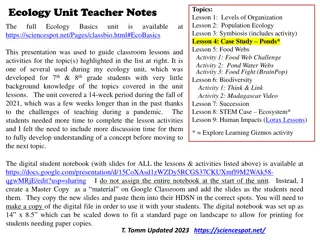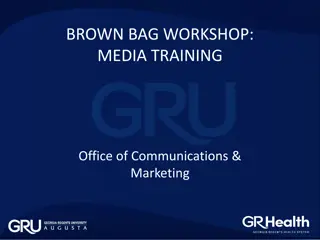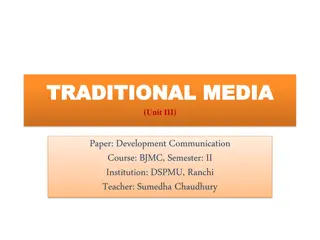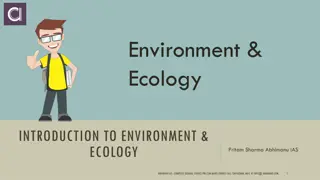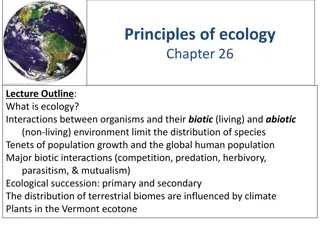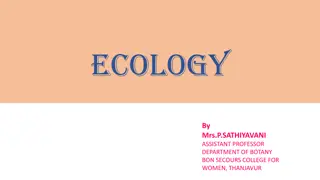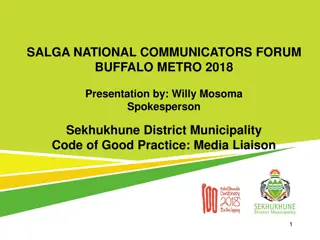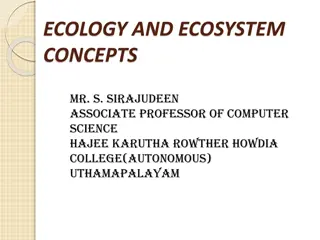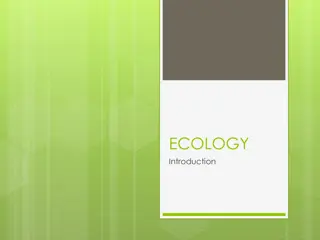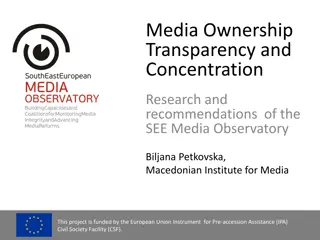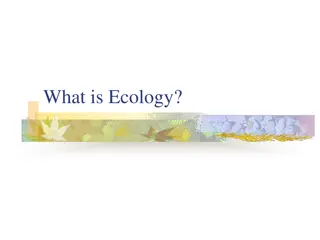Understanding Media Ecology: Impact of Communication Technology
Media ecology is a theoretical concept analyzing the influence of media and communication technology on human culture. Neil Postman, a prominent figure in the field, delves into how communication media affect human perception, understanding, and values. This study views media as environments shaping human sense-making experiences through various forms of communication. It explores how interactions with media technologies can either facilitate or impede our survival. The term "media ecology" was coined by H. Marshall McLuhan and later developed by Neil Postman. This interdisciplinary study delves into the intricate relationship between media and human society, examining them as physical, sensory, perceptual, and symbolic environments. Media ecology delves into the impact of human technologies on natural environments and how the medium influences human culture growth, likening it to the growth of a culture within the medium of personal computers.
Download Presentation

Please find below an Image/Link to download the presentation.
The content on the website is provided AS IS for your information and personal use only. It may not be sold, licensed, or shared on other websites without obtaining consent from the author. Download presentation by click this link. If you encounter any issues during the download, it is possible that the publisher has removed the file from their server.
E N D
Presentation Transcript
Media Ecology is a theoretical concept and school of thought that analyzes the impact and alterations by media and communication technology on human culture. The torch bearer of media ecology Neil Postman defines the term as look[ing] into the matter of how media of communication affects human perception, understanding, feeling, and value; and how our interaction with media facilitates or impedes our chances of survival (Postman).
Here is a clear analogy to illustrate Postmans metaphor: If in biology a medium is something in which a bacterial culture grows (as in a Petri dish), in media ecology, the medium is a technology within which a [human] culture grows . If we look to recent history, we can examine the growth of our culture as it grew within the medium of the personal computer.
Media ecology is the study of media as environments within which people s sense-making experience manifests itself through and in communication. Media ecologists do not confine their study of media as mere object, instead, they examine media, or forms of communication, as physical, sensorial, perceptual and symbolic environments or structures in which people make sense of their world.
What is media ecology? the matter of how media of communication affect human, perception, understanding, feeling, and value; and how our interaction with media facilitates or impedes our chances of survival (Valcanis 2011 ) Ecology implies studies of environments; their structure, content, and impact on people (Valcanis 2011). Human technological impact on natural environments.
The origin of the term is not entirely clear, it is generally agreed that the two words were first put together by H. Marshall McLuhan in the late 1960s. Later Neil Postman has established the program on Media ecology.
Media ecology concept by Marshal McLuhan In the 1960 s, Marshall McLuhan was an English professor at the University of Toronto. His theory suggests that media should be understood ecologically. Changes in technology alter the symbolic environment the socially constructed, sensory world of meanings that in turn shapes our perceptions, experiences, attitudes, and behavior. Symbolic environment: The socially constructed, sensory world of meanings.
The Medium is the Message The Medium is the Message McLuhan s theory of media ecology is best captured in his famous aphorism The medium is the message. He wanted us to see that media regardless of content reshape human experience and exert far more change in our world than the sum total of the messages they contain. Media: Generic term for all human-invented technology that extend the range, speed, or channels of communication. Medium: A specific type of media; for example, a book, newspaper, radio, television, telephone, film, website, or email.
A Media Analysis of Human History 1. The Tribal Age: An acoustic era; a time of community because the ear is the dominant sense organ. 2. The Age of Literacy: A visual era; a time of private detachment because the eye is the dominant sense organ. 3. The Print Age: A visual era; mass-produced books usher in the industrial revolution and nationalism, yet individuals are isolated.
4. The Electronic Age: An era of instant communication; a return to the global village with all-at-once sound and touch. 5. The Digital Age: A possible fifth era of specialized electronic tribes contentious over diverse beliefs and values. Global village: A worldwide electronic community where everyone knows everyone s business.
Hot and cool media A distinction made by McLuhan between media such as print, photographs, radio, and movies (hot media) and media such as speech, cartoons, the telephone, and television (cool media). Hot media are high definition because they are rich in sensory data. Cool media are low definition because they provide less sensory data and consequently demand more participation or completion by the audience
Media Ecology by Neil Postman Neil Postman broadened our understanding of Media Ecology. He referred to media as an environment that can influence other environments.
An environment is, after all, a complex message system which imposes on human beings certain ways of thinking, feeling, and behaving. It structures what we can see and say and, therefore, do. It assigns roles to us and insists on our playing them. It specifies what we are permitted to do and what we are not. Sometimes, as in the case of a courtroom, or classroom, or business office, the specifications are explicit and formal.
In the case of media environments (e.g., books, radio, film, television, etc.), the specifications are more often implicit and informal, half concealed by our assumption that what we are dealing with is not an environment but merely a machine. It tries to find out what roles media force us to play, how media structure what we are seeing, why media make us feel and act as we do.
How does technology affect human perception, feeling, and value? It is difficult enough to analyse a communication environment such as classroom. But in such environments, the rules of inter-action are usually quite explicit and sometimes even formally stated.
However, in the case of technologically created environmentsthat is, the relationship between people and their radios, films, television, telephones, computers, and the like the rules of interaction are mostly hidden from view and are next to impossible to uncover.
This is probably due to the fact that we are so easily distracted by the content of these media. The compelling question always seems to be, What is the message? Or, What is the movie about?
But, of course, what the media ecologist wants to know is how media environments work how they structure what we see and say, and, therefore, do and how this structuring changes as the media themselves move from one environment to another.
Big questions but never answered Big questions but never answered In what ways does technology generate social change? What are the consequences of new communication environments from computers to communes for education, politics, literature, and religion? In what ways do speeded-up communication environments affect interpersonal relationships? What role does language itself play in conserving social institutions?






